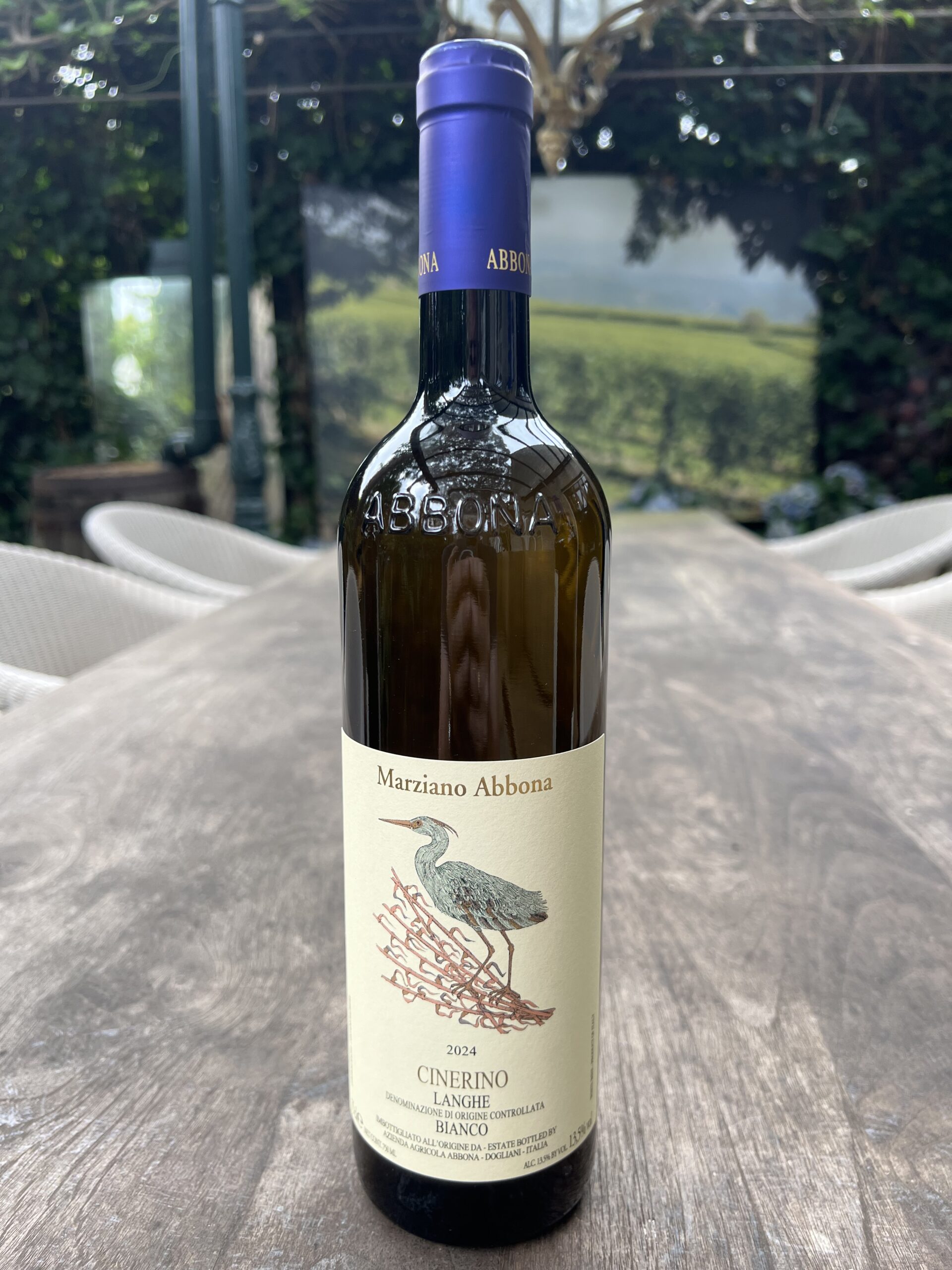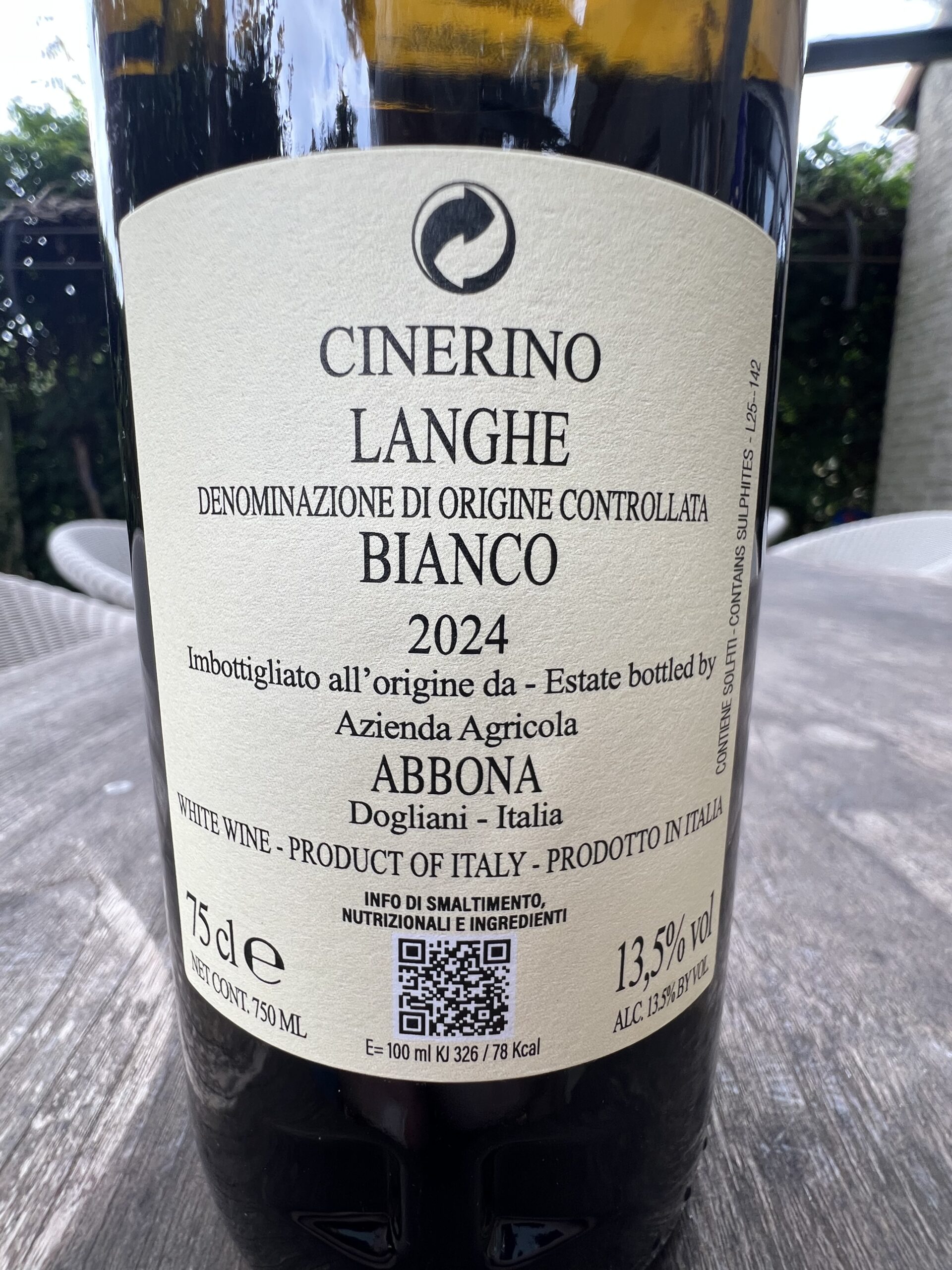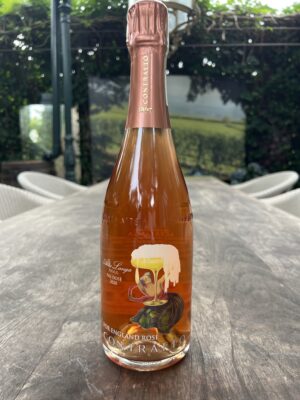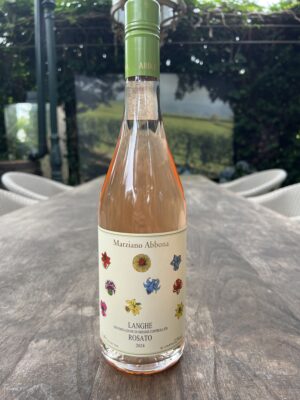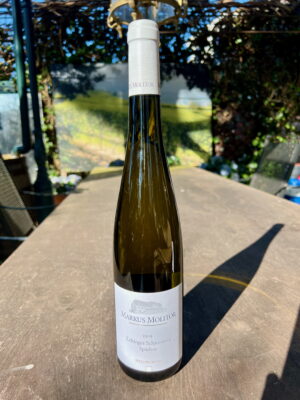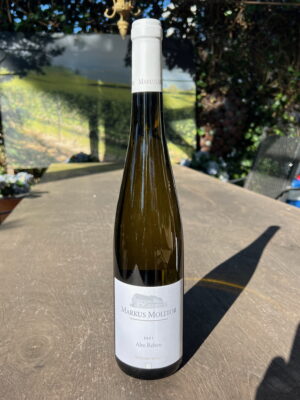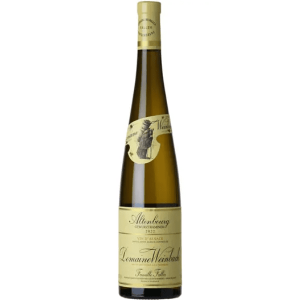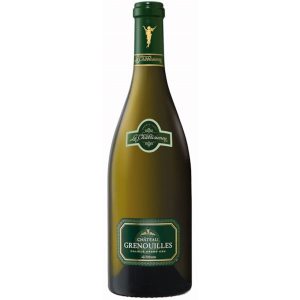The Abbona family discovered Viognier in the Rhone Valley. The desire to reproduce the excellence they found in France returned with them to their hills, and thus began Cinerino. The wine’s name comes from the grey herons that occasionally stop in the lake beside the vineyards.
VINEYARD OF PRODUCTION:
contiguous to the winery
AVERAGE AGE OF VINEYARDS:
20 years
FIRST YEAR OF PRODUCTION:
1996
WINEMAKING:
Crushing-destemming and 36-hour maceration on the stems using CO2, before draining and soft pressing, static decanting, and transfer to 225l (acacia and French oak); inoculation with selected indigenous yeasts. Alcoholic fermentation at cellar temperature for 20 days follows, with daily bâtonnage until alcoholic fermentation is complete. It ages on its lees for six months, during which time weekly bâtonnage is done.
MALOLACTIC FERMENTATION:
Not carried out.
AGING:
In oak and acacia barrels for several months, at the end of which the wine is assembled in stainless steel tanks where static decantation is done. Racking and bottling follow. Rests in the bottle at a constant temperature of 14° C (57° F) before release.
TASTING NOTES:
2024 was a cooler year compared to the previous two, with numerous periods of rainfall that helped replenish the region’s water reserves, which had been depleted by drought. These conditions led to wines with slightly lower alcohol content and excellent freshness and drinkability. Cinerino 2024 appears in the glass with a yellow hue and intense golden reflections. On the nose, it reveals its distinctive aromatic expressiveness. Balsamic and aromatic herbs open up a refreshing bouquet, paired with delicate notes of exotic fruit and subtle hints of acacia honey. On the palate, the tasting reveals one of this wine’s finest qualities: a full and fleshy mouthfeel, balanced by the freshness of its acidity and the return of aromatic herbs in the retro-nasal finish. A rich and complex wine, yet not difficult to enjoy—in fact, it will likely win you over at the very first sip. Excellent to drink young, but it also offers interesting aging potential of 5 to 10 years.
